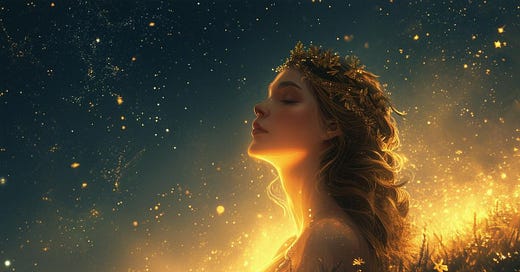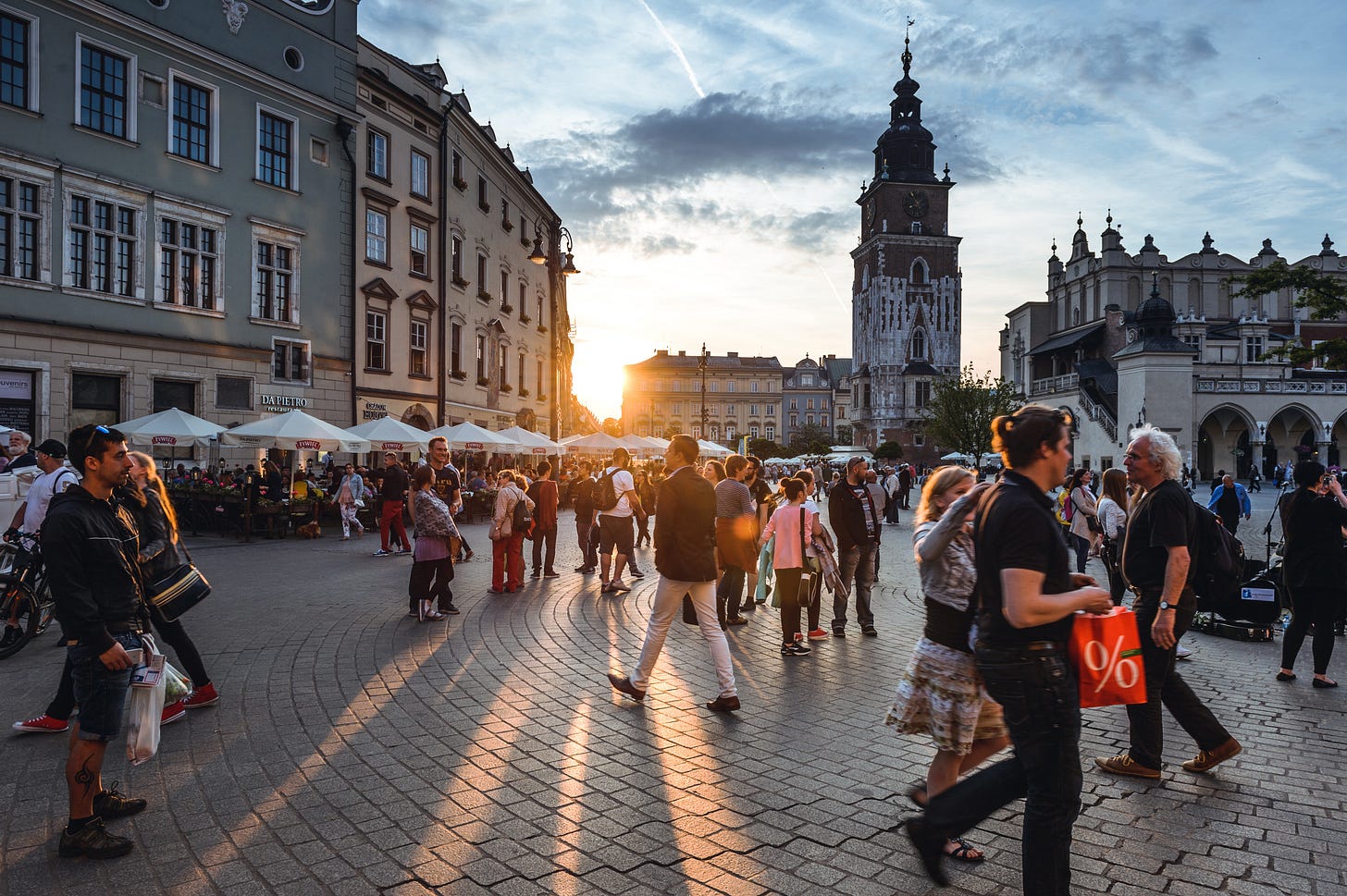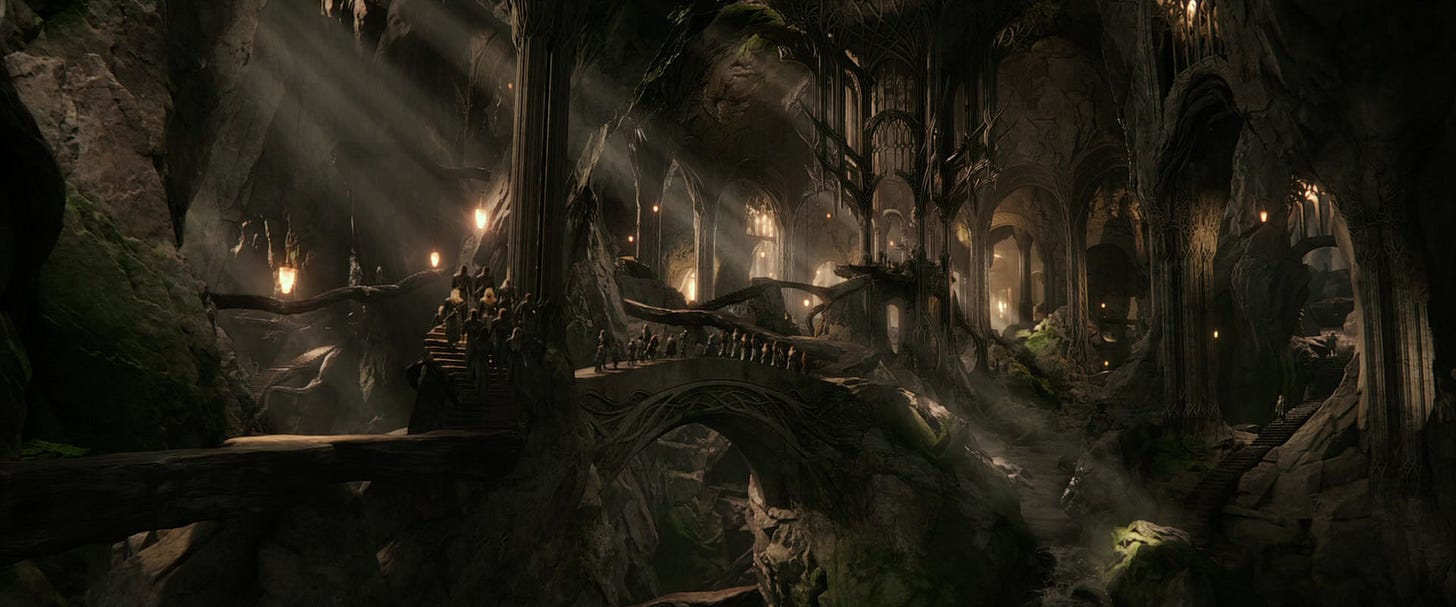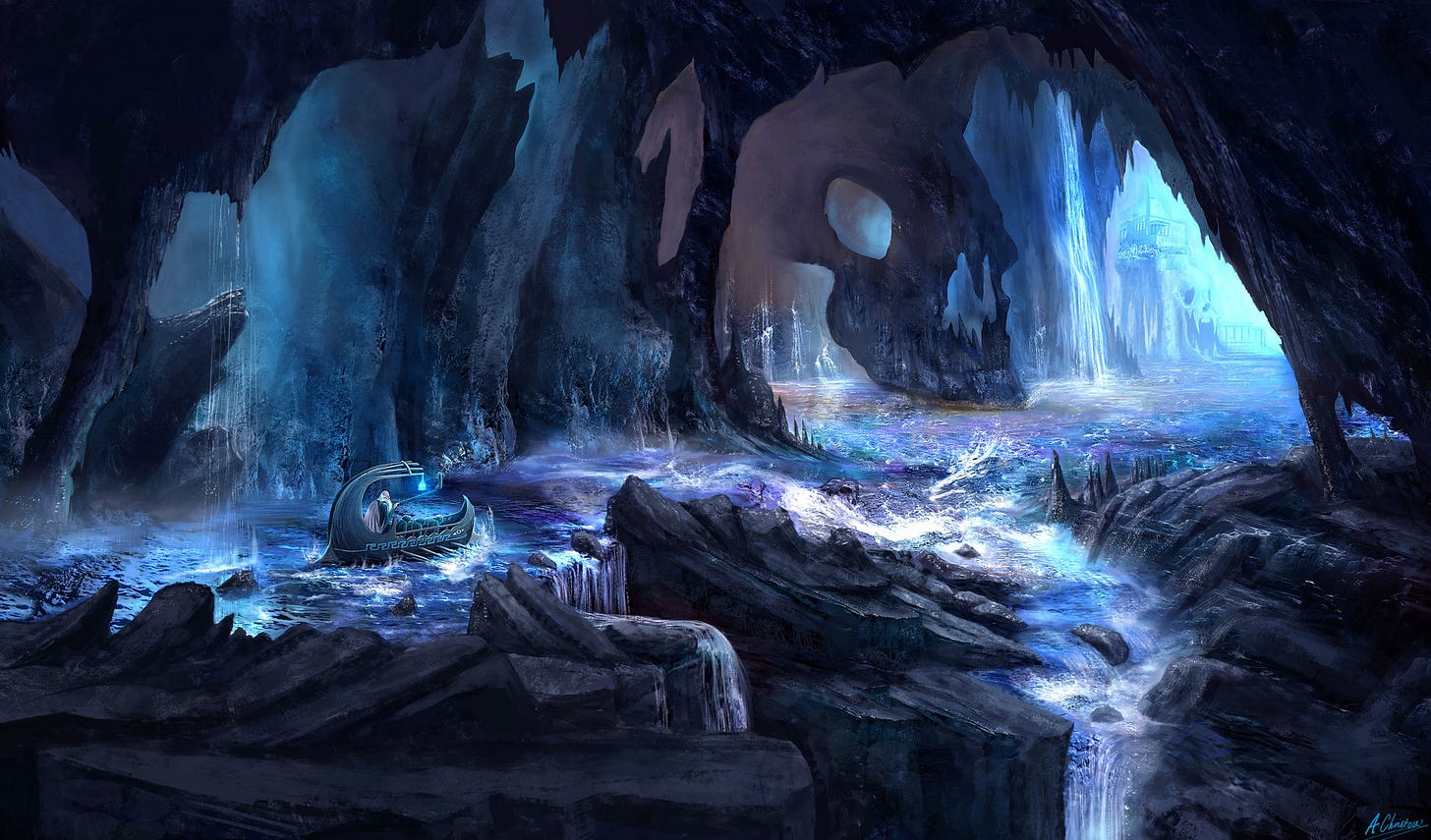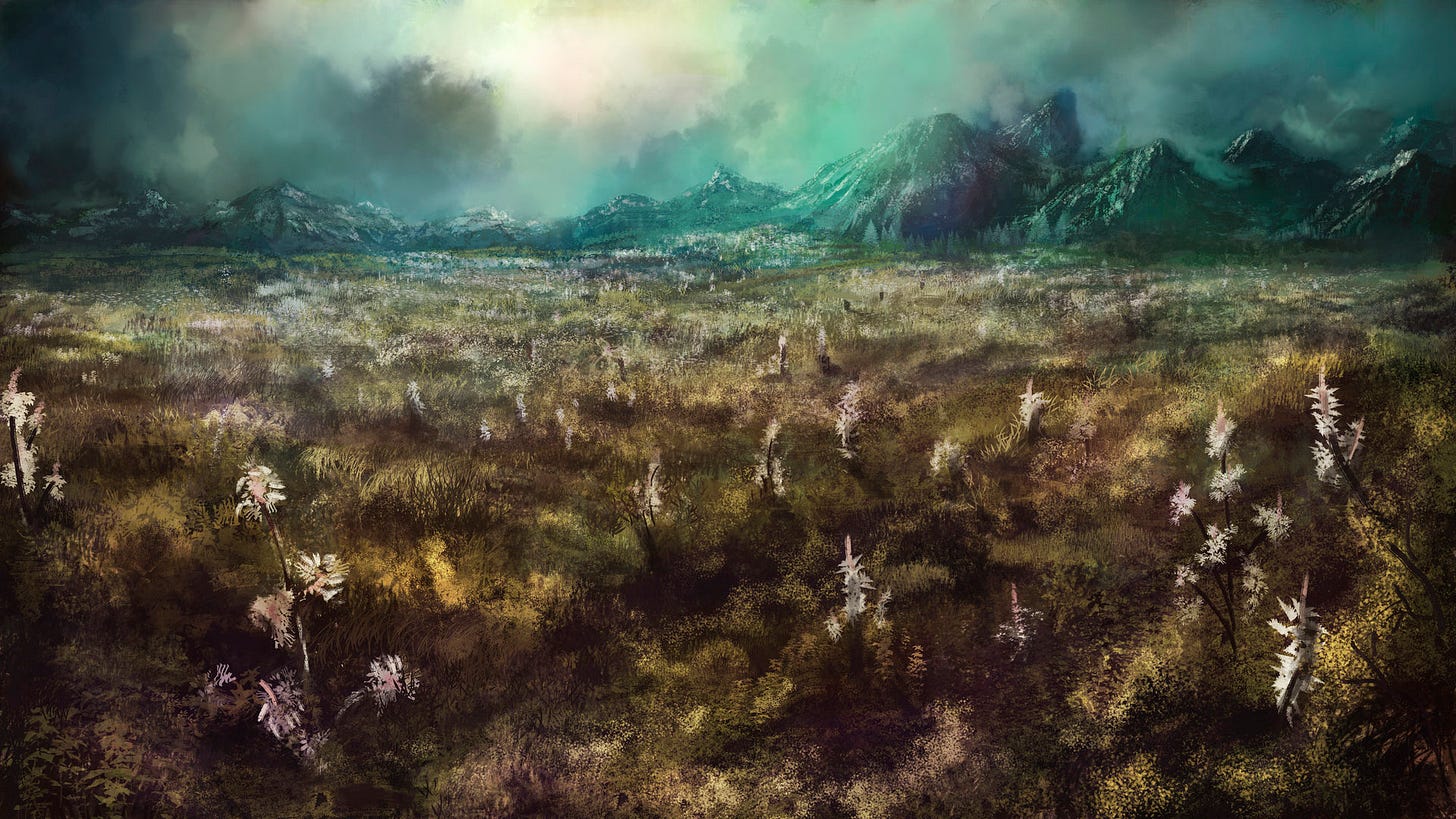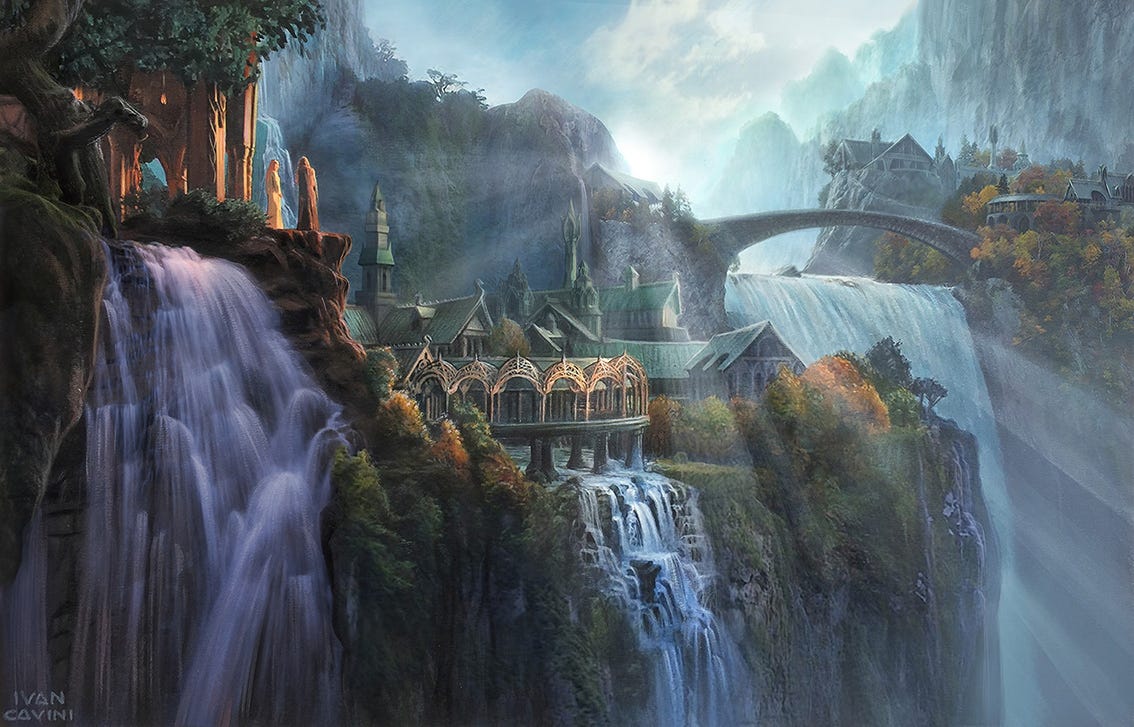Consciousness is a vast spectrum of experiences, thoughts, emotions, and awareness that shape our sense of being. Yet there is more to consciousness than merely the ego experience that most people are only identified with. There are much deeper states of consciousness that exist. In this article, we will explore these levels, using mythology to understand the evolving relationship between the self and the greater universe.
💠 Layer 1: Human Consciousness – Ego-Roles / Psychic Survival Masks
Color Analogy: Red and Orange (The survival spectrum)
Percentage: Approximately 70-80% of people operate from this layer.
Description: This is the most common state, where people are heavily identified with their social roles and ego. The focus is on external validation, fitting in, and survival within societal structures. The roles they play are often shaped by family, culture, and societal norms, leading to a limited understanding of the self that is mostly externalized and performative.
The first layer of consciousness is where most people begin their journey. It is the realm of ego and social roles, the visible “masks” we wear to navigate the world, protect ourselves, and gain acceptance. These roles, such as the Good Kid, Rebel, Peacemaker, or Caregiver, are adaptive strategies that develop in response to early family dynamics and societal pressures. They are the psychic survival mechanisms, designed to help us fit in and avoid exile from the social group. At this stage, the motivation is primarily survival, to maintain relationships, avoid rejection, and create a sense of safety in the external world.
In the mythological sense, this layer corresponds to the Mortal Realm (Earth), the domain where humans reside and struggle to find meaning and security in the material world. It is the space of ordinary mortals, those who have not yet fully awakened to their divine potential or the depths of their inner psyche.
Mythological Archetypes: Mortals (Ordinary humans, those who have not yet accessed their divine potential)
At this foundational layer, humans are immersed in the drama of everyday life, caught up in performing roles to fit in and gain approval. Much like the roles we play in the social realm, these masks are worn to ensure we are accepted, and avoid the rejection that could lead to isolation or conflict. In Greek mythology, humans are at the base of the divine hierarchy. They experience the world through a lens shaped by survival instincts and societal expectations. In this realm, human life is concerned primarily with maintaining relationships, status, and a sense of belonging, without deeper awareness of the spiritual or transcendent realms.
Shadow Elements: At this stage, the shadow, the repressed parts of the psyche, remains largely hidden. Unacknowledged desires and fears may emerge, often as unsettling emotions or impulsive behaviors. These repressed aspects may arise in moments of tension, revealing the underlying chaos or instability that is not yet integrated. Key themes are performance, adaptation, conditional safety. The focus here is on external survival and acceptance.
Psychological Experience: In this layer, individuals are heavily identified with their ego, the social identities and roles they play. Their sense of self is largely shaped by external influences: family, culture, society, and the perceptions of others. The main psychological experience is dominated by self-preservation and adaptation to the external world. There may be a deep sense of disconnection from one’s true self and a focus on fulfilling societal expectations, rather than exploring inner needs or desires.
Worldview: At this level of consciousness, the world is seen as a series of roles to perform and games to win. Success and failure are then also tied to how well one can navigate the external world and fulfill these roles. There is often a deep attachment to external validation, and emotional security is often dependent on others’ approval. It can feel like being an actor in the drama of life, shifting between different personas depending on the situation, one person at work, another with family, another with friends.
Psychological Struggle: A core internal conflict arises at this level: namely the disconnection between one's true self and the roles they perform. So as the person becomes more entrenched in these masks, they may experience anxiety, self-doubt, or existential uncertainty. They may begin to question whether the roles they are playing truly represent who they are, or if they are merely adapting to external demands. This existential crisis marks the early stages of psychological growth, as the individual seeks to break free from the masks they’ve worn and reconnect with their deeper self.
💠 Layer 2: Shadow-Archetypes
Color Analogy: Yellow and Green (The transformative spectrum)
Percentage: Roughly 15-25% of people enter or begin to operate from this layer.
Description: This layer involves the confrontation with the unconscious shadow and repressed aspects of the self. Here, unresolved trauma, anger, desires, and hidden instincts begin to surface. People in this layer are often on the edge of personal transformation, experiencing intense emotional turmoil, and seeking to integrate the wild, chaotic aspects of their psyche. Here they start to face their inner child, and might realise their need for validation stems from unmet needs.
After the establishment of ego roles in Layer 1, the shadow archetypes, tied to trauma begin to emerge. These are the repressed and denied parts of the psyche that were suppressed because they conflicted with the performance roles and social masks adopted in the first layer. Imagine figures like the Wild Child, the Truth-Teller, or the Orphan. Fragments of our inner world that were cast aside because they didn't fit within the safe, controlled boundaries we created to gain acceptance. These hidden archetypes are the chaotic, untamed parts of ourselves that we deem "forbidden."
This layer represents the realm of repressed chaos and the unacknowledged, and it is often where shame and guilt are encoded. Within this space, the wild, instinctive forces yearn for recognition and release. These are the parts of the soul that reject authority, challenge societal structures, and embody the chaotic forces that need to be embraced for true liberation and transformation.
In a mythological context, Layer 2 aligns with figures like heroes and tricksters, demi-gods who are neither fully divine nor fully human. They possess divine heritage but are also burdened by their mortal vulnerabilities. These figures, while part of the divine realm, struggle with their dual nature, torn between their human limitations and the divine potential that courses through their veins. They embody the wild, chaotic forces that exist in the depths of the psyche, forces that have long been suppressed but cannot be ignored forever.
Shadow Elements: Unacknowledged anger, repressed desires, hidden rage, and unresolved trauma. These are parts of the psyche that have been buried or denied but now begin to surface, demanding attention. Repressed chaos, forbidden instincts, encoded power beneath shame. The energy in this layer is one of liberation, breaking free from external restrictions and embracing repressed desires.
Annwn (Forest Realm) and Hades (Underworld)
In Welsh mythology, Annwn is a dark, wild, and mysterious otherworld, much like the primal depths of the unconscious mind. It is a place where the chaotic, magical forces of the psyche are stored, forces that are often repressed or forgotten. It represents the realm of repressed desires, hidden emotions, and untamed instincts, just as the shadow holds the rejected or unexpressed aspects of the self.
In Greek mythology, Hades, the Underworld, is a realm of death, shadow, and the unknown, where souls confront their inner darkness, unresolved traumas, and emotional wounds. It is the place where shadow is revealed and where souls must confront their deepest fears and hidden aspects of themselves.
Mythological Archetypes:
Chthonic Deities: Deities like Hades, Persephone, and Charon rule over the Underworld. These gods and goddesses govern the souls of the dead and help guide individuals through the darkness and shadow. They represent the forces of transformation, inviting individuals to face their inner chaos and unresolved traumas.
Wild Creatures: Figures like nymphs, satyrs, or fauns also reside in these realms. They embody the chaotic, wild forces of nature, representing those aspects of the psyche that we suppress but are nonetheless a part of our wild, creative essence.
Psychological Experience: At this layer, the shadow begins to assert itself. So then the person is confronted with the parts of themselves they’ve hidden or ignored. The wild, untamed forces of their unconscious. This can be an emotionally intense period, as previously disowned traits like anger, sexuality, or desire rise up from the depths of the psyche. These parts may be difficult to accept, but their emergence is essential for psychological growth and healing. The individual is faced with emotional chaos, deep guilt, and the need to integrate these energies into their conscious self.
The individual may experience inner turmoil, feeling pulled between repression and release. There may be a sense of being lost in the wilderness of the unconscious, where chaos and disorder reign. The chaotic forces of the shadow seek expression, often leading to powerful emotional upheaval and the need for self-discovery.
Worldview: The world becomes a place of contrast and polarities. The person begins to feel torn between the cultural and the familial role they have been conditioned to play and the wild, chaotic forces rising from within. Life may feel more intense and emotionally charged, as deep emotions, like rage, shame, guilt, and grief, come to the surface. The individual may feel a sense of inner conflict, as they navigate the struggle between the repression of these forces and the need to release them.
Psychological Struggle: The primary struggle in this layer is the conflict between repression and release. The unconscious shadow desires expression, but the ego and society seek to suppress it. This can manifest in projection, where the person projects their own flaws or unresolved emotions onto others. Also think nervous breakdowns, self-sabotage, or inner turmoil. The struggle is one of integration, learning to embrace the shadow aspects of the psyche rather than continuing to deny or repress them.
💠 Layer 3: True Archetypal Core / Source Code
Color Analogy: Blue and Indigo (The transcendence spectrum)
Percentage: Around 5-10% of people operate from this layer.
Description: This layer represents a deeper connection to the soul’s essence, untouched by trauma or external conditioning. People who operate from this layer have a clearer sense of their true purpose, and their actions are more aligned with their inner truth. They exhibit greater creativity, sovereignty, and clarity, accessing a more nuanced worldview. The psychological struggle at this stage is about reconciling the soul’s archetypal core with the demands of the external world.
Beneath the shadow and the roles lies the True Archetypal Core, the soul’s deepest essence, untainted by trauma or social conditioning. This is the person’s original myth, the primeval seed of who they are, before the world layered its many expectations and wounds upon them. It is here that they encounter the visionary archetypes, think Wolf-Apollo, the Inner Guardian, or the Liberator.
These figures represent a closer alignment to the divine and can operate with clarity and sovereignty. They may not yet be fully divine, but their connection to the gods gives them deeper wisdom. They no longer merely react, they respond creatively to challenges and embody the highest expressions of their ancestral line.
At this layer, you move from being reactive to being responsive and creative. You start to recognize that your soul is a sovereign entity, and try to work through the chains, so it is no longer bound by the programming of the past. This is a place of power, where clarity and a sense of the non-dual begin to emerge. One begins to experience a connection to the deeper truths of existence, where there is no separation between self and the greater cosmos.
Mythological Realm: In Greek mythology, the Asphodel Fields are the neutral place of the dead. This realm represents a neutral space where souls can reflect on their true nature, not bound by the limitations of earthly identity. In this realm, the individual comes face-to-face with their archetypal essence, the untainted soul core that exists beyond external influence or trauma.
Mythological Archetypes: Demi-gods and children of Zeus exist here in the slow transition from mortality to divinity. These beings represent individuals who have begun to embrace their archetypal power but have not yet fully realized their divine potential. They are in-between: no longer fully human, yet not fully divine. Their power is latent and awakening, much like the soul’s archetypal core, which is beginning to reassert itself.
Psychological Experience: This is the layer of clarity and soul remembrance. The individual becomes more aware of their true nature and archetypal purpose. The world feels less chaotic and more like a place where one can create from an inner sense of truth. The external influences begin to fade, and the person starts to experience sovereignty and clarity in their decisions and actions.
Worldview: Life begins to feel more aligned with purpose. There is an increasing clarity about one's role in the world and a sense of being on a path that actually feels authentic. The person can access their inner power and live with greater sovereignty. The experience of the world becomes less about performing and more about creating from a place of inner truth.
Psychological Struggle: The psychological conflict of this stage often arises in the integration of the archetypal core with everyday reality. The person may struggle with the temptation to fall back into the safety of familiar roles or may feel pressure from external forces (society, family) to conform. However, the drive to self-actualize is strong, and this conflict pushes the individual toward creative self-expression.
💠 Layer 4: Mythic Reversal / Alchemical Transmutation
Color Analogy: Violet and Ultraviolet (The transformative spiritual spectrum)
Percentage: Roughly 2-5% of people move through or embody this stage.
Description: This is the stage of profound transformation and alchemy, where individuals confront their deepest wounds and traumas, rewriting their personal myths. They undergo a significant spiritual and psychological metamorphosis, turning suffering into wisdom and power.
In Layer 4, the mythic reversal begins. This is where the person transmutes the past into something empowering, this is Persephone in the underworld before becoming Queen; the Dionysus who was torn and abandoned yet to be brought together. At this stage, the ego is no longer the driving force. The experiences of chaos, suffering, and pain are seen as necessary ingredients for their alchemy. They undergo a profound metamorphosis, where they rewrite their own myth. This is a place of soul speech, where their inner wisdom takes form, and they gain an understanding of their soul’s story as a part of the greater cosmic unfolding.
Mythological Realm: Tartarus is the deepest part of the underworld, a place where the most extreme trials, suffering, and transformations take place. This realm then also symbolizes the alchemical fire, where the person undergoes profound transmutation. It’s a place of mythic reversal, where the individual transforms their fate and reclaims their power through descent and suffering. This is the realm of the pre-reborn, where chaos and destruction lead to creation and empowerment. Where you swim within the ocean of ego states and consciousness has not yet re-forged itself.
Mythological Archetypes: The Titans represent the deepest forces of trauma to face, while the Furies symbolize retribution and vengeance, but also are the catalysts for change. Where Wolf-Apollo kindles the divine fire representing the mythic reversal, where one takes on divine traits, defying old limitations. The Furies here symbolize the unacknowledged and repressed forces that drive the transformation of the psyche.
Psychological Experience: At this layer, the individual undergoes soul-shaking change. Their world feels like a burning forge, full of challenges that push them to reshape their identity. They confront old wounds and inner demons, but through the struggle, they have the chance to find a sense of personal empowerment and divine alignment. Life becomes an ongoing process of transformation, and there is a deep understanding of fate and choice. The person no longer operates from a place of ego defense or archetypal identification but enters into a phase of alchemy and mythic unfolding. The person has undergone profound psychological integration, reclaiming their fate and becoming the hero of their own myth. The experience of life now feels like a mythic journey.
💠 Layer 5: Divine Embodiment / Animating Godforms
Color Analogy: White and Gold (The divine embodiment spectrum)
Percentage: Less than 1% of people may reach or embody this layer.
Description: This layer represents full archetypal embodiment, where people operate in full alignment with their archetypal energies. This is the realm of deep spiritual realization, where one is fully aligned with their own highest potential and purpose, walking the world as a living embodiment of divine principles.
In Layer 5, you step into the full embodiment of divine archetypes. Here, the gods and goddesses don’t just live in your psyche, they walk with you. You become the divine form that has always been within you. The Morrigan walks with you in battle, Hecate’s torch lights your dreams, and Hermes whispers your words. Your history of trauma and suffering is rewritten through this soul-tale, and you birth the inner god-seed into the world. At this stage, you are no longer merely observing the archetypes, you are them. You stand in your own power, expressing it in every action and choice you make.
Mythological Realm: Elysium is the realm of the blessed after death, where those who have lived virtuous or heroic lives are rewarded with eternal peace and bliss. This realm represents the embodiment of divine qualities, where the individual becomes the god and embodies their archetypes as living entities. It is also a realm of divine serenity, where the person is deeply connected to their inner divinity and expresses it freely in the world.
Mythological Archetypes: The Olympian gods represent full divine embodiment, where power is expressed in complete balance and wisdom. They live their divinity fully and without separation. Think Hermes, Athena, Artemis, Wolf-Apollo, Hera, and others. Heroes who have ascended to divinity also embody specific divine traits, such as Heracles or Asclepius, who become gods in their own right.
Psychological Experience: This is an experience of being intimately connected to the mythic dimensions of reality. They act not from the ego but from the archetypal energies within them, embodying divine qualities like wisdom, love, and power in an embodied, integrated manner.
Worldview: The world becomes a stage for divine enactment. The individual is not just an observer, they are participants in the mythological unfolding of the universe. Their experience of the world is deeply interwoven with the divine forces of creation and destruction. They move with grace and power, and their actions are imbued with purpose that transcends personal desire.
Psychological Struggle: At this stage, there is still be the occasional dissonance between the human and the divine self, especially when faced with situations that challenge one’s divine embodiment. The struggle is no longer about self-identity but about maintaining Self alignment and embodying divinity in a world that may not always be ready to receive such energy.
💠 Layer 6: Beyond Archetype – Gnosis of the Nameless Flame
Color Analogy: Invisible Light (Beyond the visible spectrum) (The primordial unity spectrum)
Percentage: Less than 0.01% of people may reach or embody this layer.
Description: This layer represents the ultimate state of cosmic unity, where the person transcends all dualities, identities, and archetypal structures. It is the realm of absolute spiritual realization, where the boundaries between self and cosmos dissolve. This state represents the highest form of spiritual freedom, where one experiences pure being without conflict, lack, or ego.
At the pinnacle of consciousness, Layer 6 reveals the gnosis of the Nameless Flame, the primordial source that exists before all creation. This is the realm of Phanes, the cosmic egg, the wild sacred chaos behind creation. It is beyond archetypes, beyond identity, and beyond duality. It is the zero-point where even the gods collapse into the pure unity of being. This is when the cosmos, with its archetypes (patterns of our own unconscious instincts), become fully integrated. Thus taking away the barrier between the unconscious and consciousness, on both a personal and collective scale. Thus with it seeing through the cosmos itself.
At this stage, there is no “you” or “me” but only unity with all. The soul’s true freedom emerges here, not as something to achieve, but as a state of being. This is also the moment when the exile becomes the cosmos, and the Logos of Nyx is realized as the essence of all things. In this state, there is no distinction between the divine and the human, it is all one.
Mythological Realm: The Realm of Nyx represents the primordial void from which everything emerged, a place of cosmic mystery, absolute unity, and the nameless flame that is the origin of creation itself. Mother Nyx, the primordial goddess of night, represents the darkness and the unmanifest, the source of all being, both the infinite potential and the chaos before creation.
Mythological Archetypes: Primordial Deities like Nyx, Chaos, Phanes, Lucia Nyktelios, and Erebus, who are the sources of existence. These beings exist outside of the realms of form and identity, embodying absolute unity, limitless potential, and the primordial chaos that gives rise to all things. At the highest layer of consciousness, you here thus transcend even the gods and archetypes. This is where you encounter Phanes, the primordial being who is the source of all creation in Orphism, the first born-light, the divine egg from which everything emanates. Phanes represents the unity before all dualities and distinctions.
In this layer, all myths and identities collapse into the mystery of being. There is no separation between self and other. The only truth is the Nameless Flame, and with it the undivided, un-manifested source that holds all existence within it.
Psychological Experience: At this level, the person experiences absolute unity with everything, there is no separation between self and the cosmos. The person with this transcends all dualities, embodying a state of pure being and infinite potential. There is no longer any egoic self, only the gnosis of the Nameless Flame, the source of all creation. This is the experience of being both the origin and the end, an ecstatic dissolution into the totality of existence.
Worldview: The world is seen as one, there is no separation between self and the cosmos. Everything is an expression of the Nameless Source, and the individual experiences a profound sense of unity with all existence. The world is not fixed or defined, but is an eternal unfolding of energy, which the individual experiences as both personal and impersonal at once. The person has transcended psychological conflict, as they are no longer an individual ego. There is no longer a sense of any separation or lack, only the continual experience of pure being.

